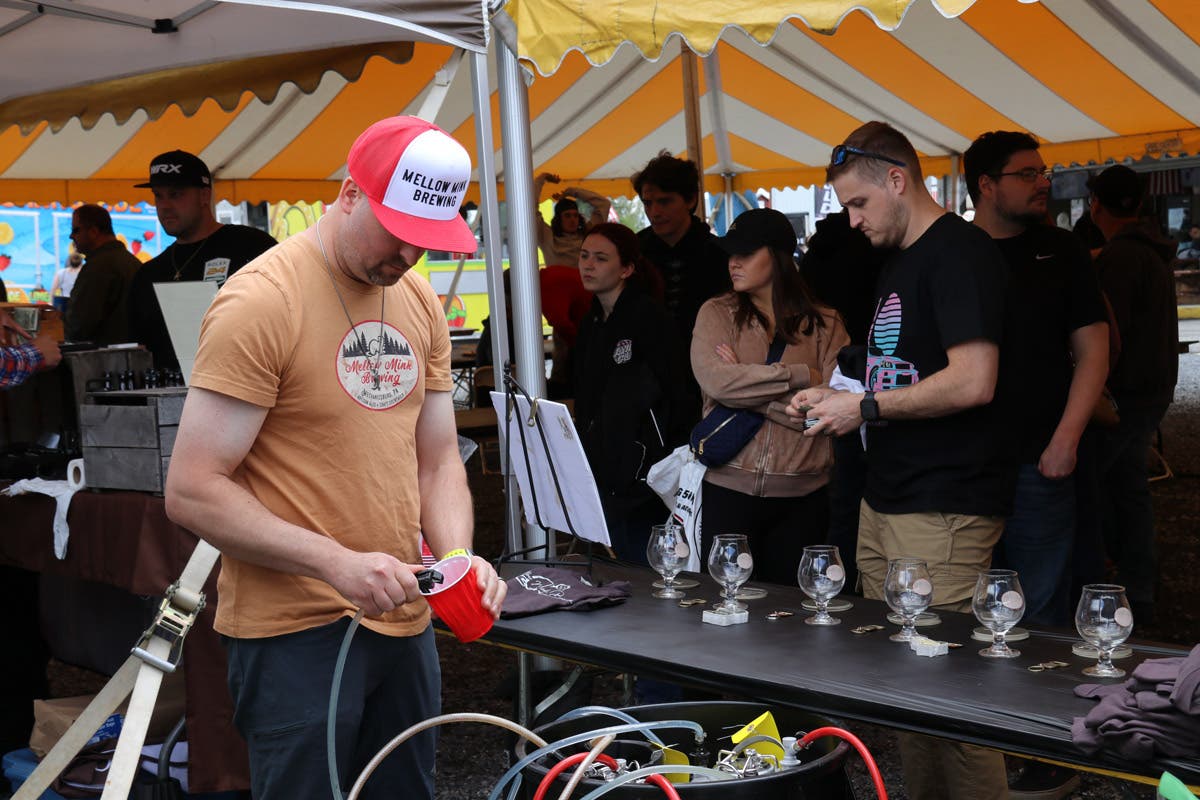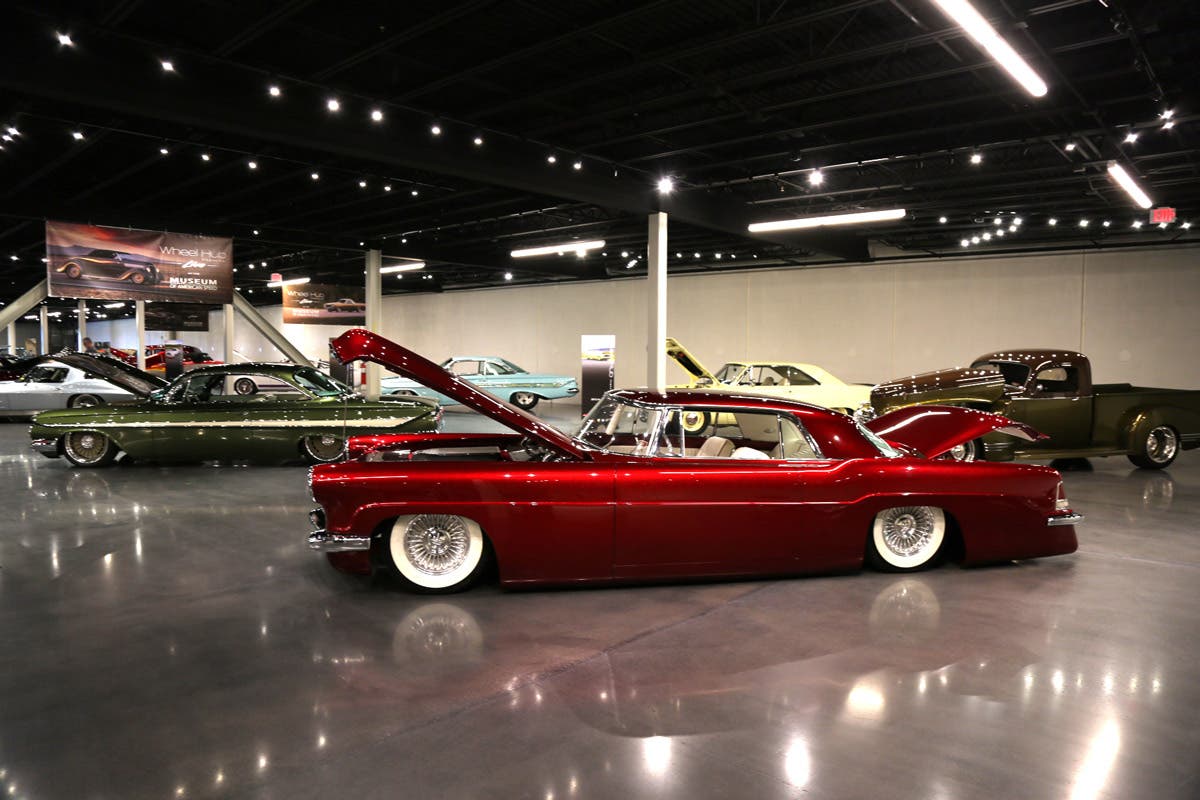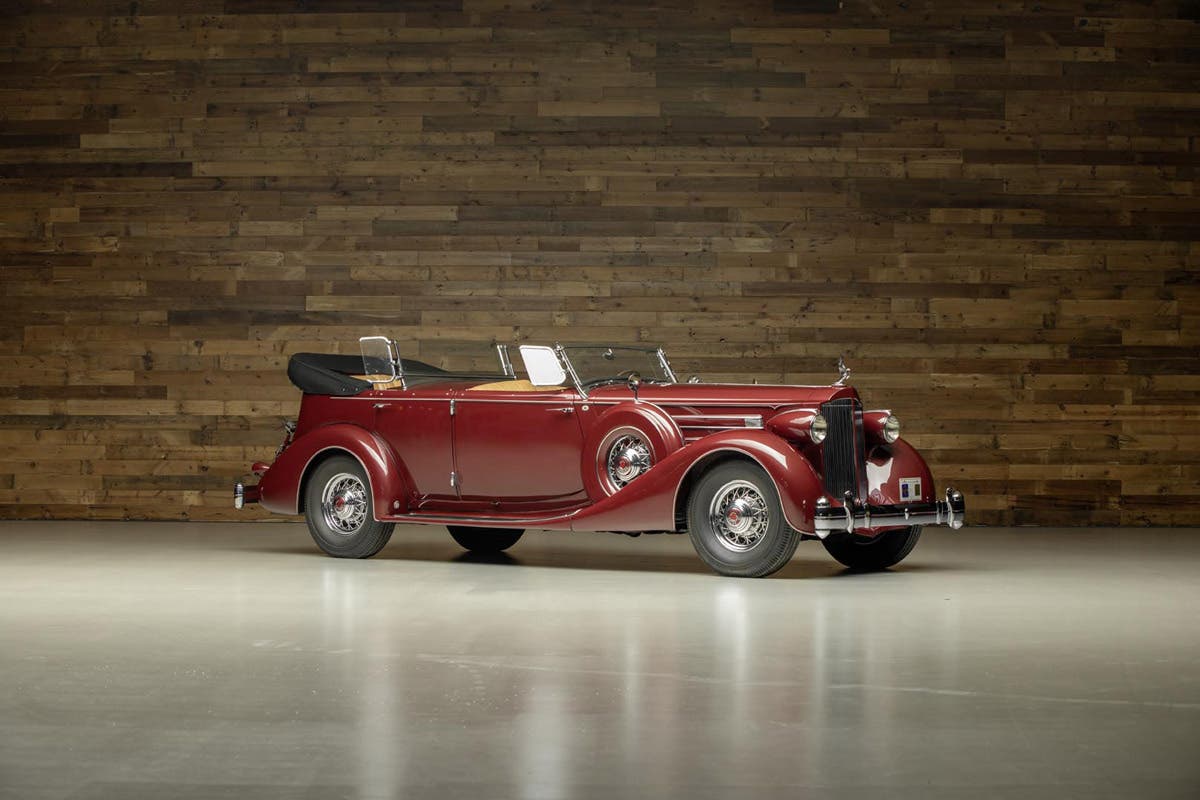Boss 302 Buyer’s Guide
The Boss 302 made a return appearance for 1970 after making big waves with its debut in ’69, and its splash is still being felt. The 1970 Boss 302 remains one of the most popular muscle cars, especially among Ford loyalists. Boss 302 prices tend to be volatile, and are inching their way up.
By Angelo Van Bogart
The Boss 302 made a return appearance for 1970 after making big waves with its debut in ’69, and its splash is still being felt. The 1970 Boss 302 remains one of the most popular muscle cars, especially among Ford loyalists.
The Boss 302 was developed with a mission. Ford built the car to compete in Trans-Am races, pitting it head to head against the Chevrolet Camaro Z/28, Dodge Challenger and AMC Javelin. Only a fraction of the Boss 302s built were actually raced in the sedan class of the SCCA’s Trans-American Championship, but all of the 7,013 Boss 302s built in 1970 carry the spirit of the cars raced by famous drivers Parnelli Jones, George Follmer and others.
All Boss 302s were built on the Mustang Sportsroof fastback body, so they can be cloned from a six-cylinder or V-8 Sportsroof Mustang. If you’re paying Boss 302 money, make sure you are getting a true Boss. Request any original documents with the car (window stickers, service records, etc.) and make sure the VIN on the documents matches the VIN on the car.
Boss 302 VINs are located on the top of the instrument panel, at the base of the windshield, and should have a “G” in the fifth position. If the VIN appears to have been altered (e.g., it isn’t permanently affixed to the instrument panel, it’s crooked or the tag isn’t fastened in the manner the factory attached it), the car is suspect. Look under the hood: the full or partial VIN should appear in several places at the top of the inner fenders, where they meet the outer fender, and near the shock tower. These numbers should contain the full VIN, or at least the last part of the VIN. If the numbers on the inner fenders do not match, the car may not be a true Boss 302.
Also request a Marti Report from Marti Auto Works before purchasing a Boss 302 (or any performance Ford, for that matter). The Marti Report acts as a build sheet by breaking down how and where each car was originally built according to its VIN. These can be obtained through www.martiauto.com or writing to 12007 W. Peoria Ave., El Mirage, AZ 85335. (Phone: 623-935-2558.)
Of course, knowing how all Boss 302s were built is key to knowing if a car is the real deal. However, cars may be missing parts (which can be expensive to replace) or modified, so the VIN and documentation are more solid pieces of evidence when authenticating a Boss 302.
Standard Boss 302 features originally included vinyl-upholstered bucket seats, a four-speed manual gearbox, power front disc brakes, dual color-keyed racing-style outside rearview mirrors, a Space-Saver spare tire, quick-ratio steering, a competition suspension system, a functional front spoiler, floor carpeting, Boss 302 hockey stripes that started atop the hood and ran down the sides and four F60-15 glass-belted tires with raised white letters.
The 1970 Boss 302 was equipped with a 290-hp four-barrel 302-cid V-8 with solid lifters and Cleveland heads. Eight screws secured the chrome rocker covers, the thermostat housing was on the intake manifold and the block was fitted with screw-in engine block freeze plugs.
Four of the most visible add-ons associated with the cars — rear window slats, Magnum 500 wheels, shaker hood scoop and rear spoiler — are often mistakenly believed to be standard items. They were actually extra-cost options and add significantly to the value of a Boss 302 today, especially if a car is known to have been originally equipped with them according to documentation.
Boss 302 prices tend to be volatile, and are inching their way up. In 2012, Mecum sold a No. 1 condition Boss 302 for $87,000 in April, but that was an anomaly. Others sold in the $55,000 range in No. 1 condition, but were widely spread in the $42,000-78,000 range in No. 2 condition during winter, showing how timing and venue can play a factor in pricing.
These values are up $15,000-25,000 over 2010 prices, but still down from 2008 prices, showing now may be a boss time to buy a No. 1 condition Boss 302 for as little as $55,000. However, most examples will likely fetch at least $10,000 more in that condition.
Ford Mustang fans should check out these Blue Oval resources from Old Cars Weekly:








